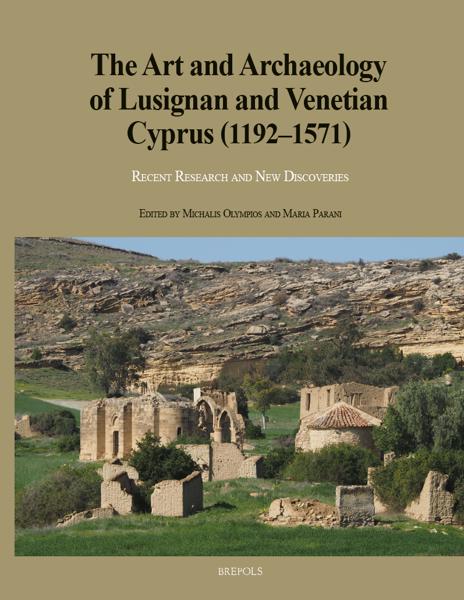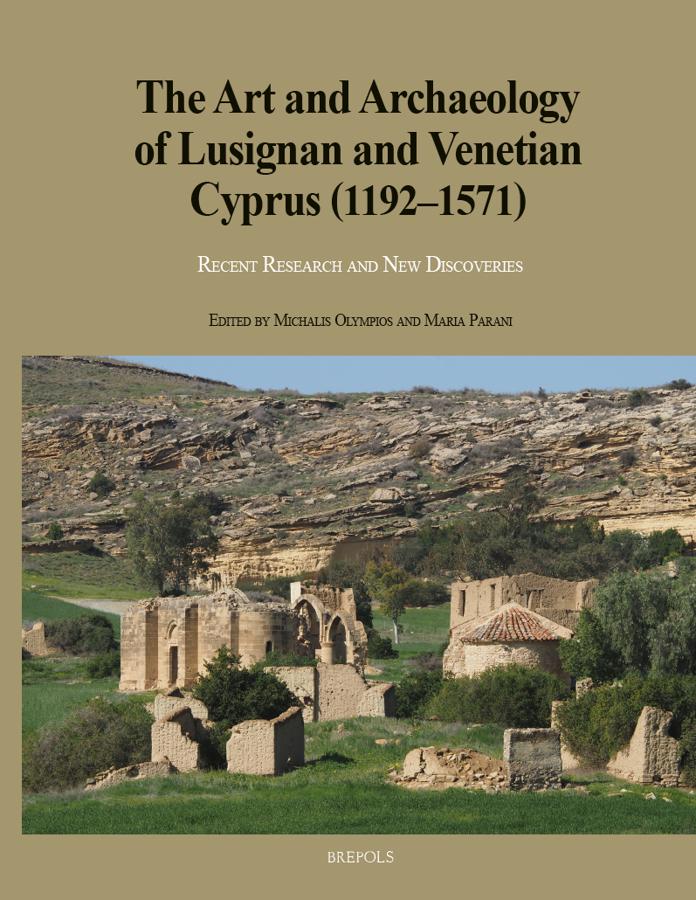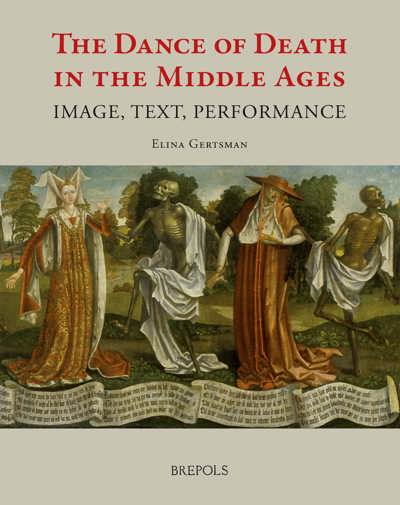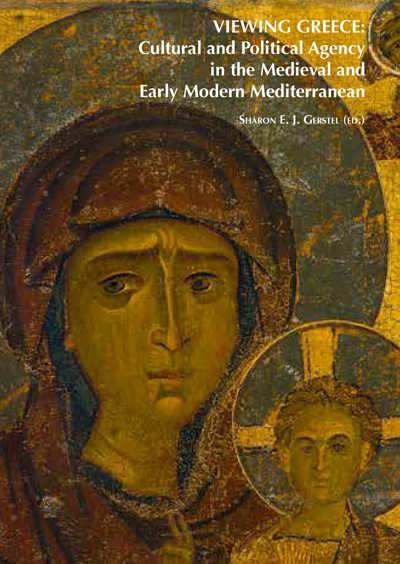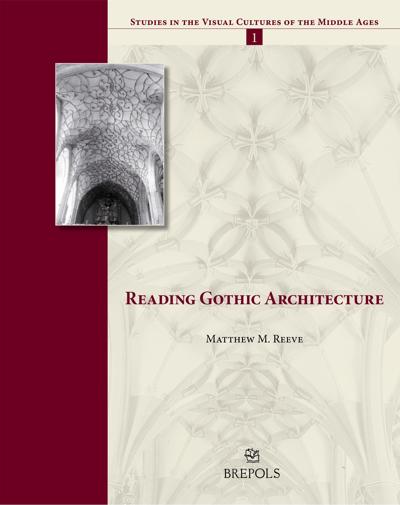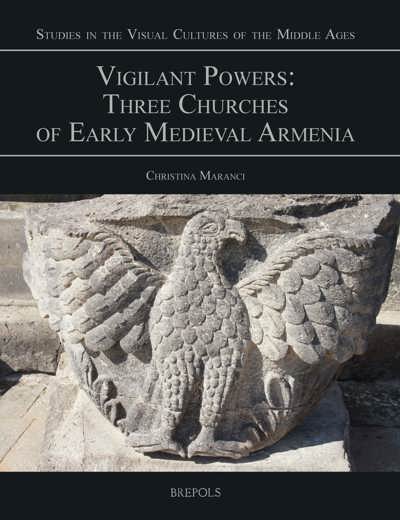
The Art and Archaeology of Lusignan and Venetian Cyprus (1192-1571)
Recent Research and New Discoveries
Michalis Olympios, Maria Parani (eds)
- Pages: iv + 441 p.
- Size:216 x 280 mm
- Illustrations:202 b/w, 16 col., 4 tables b/w.
- Language(s):English, French
- Publication Year:2019
- € 125,00 EXCL. VAT RETAIL PRICE
- ISBN: 978-2-503-57803-3
- Paperback
- Available
A new collection of essays on current research in the art and archaeology of late medieval and early modern Cyprus.
“All in all this volume of contributions appears to this non-specialist to strike an admirable balance between letting the contributors pursue their own interests and maintaining a degree of uniformity in approach – uniformity, that is, in the embracing of eclectic visual style and more self-consciousness than in decades past about the use of style descriptors.” (Matthew Lubin, in Archivio Veneto, 21, 2021, p. 160)
« Nos connaissances de Chypre à l'époque de la domination latine ainsi que notre manière d'appréhender cette période et son matériel sont considérablement enrichies par les données inédites et les nouvelles analyses que renferme ce volume collectif. Tout cela contribue à en faire un ouvrage de référence et une source d'inspiration pour de futurs travaux sur l'histoire culturelle de l'île, mais aussi, plus largement, de la Méditerranée orientale entre le temps des croisades et le début de l'époque moderne. » (Geoffrey Meyer-Fernandez, dans les Cahiers du Centre d'Etudes Chypriotes, 50, 2020, p. 586)
Michalis Olympios is Assistant Professor in the History of Western Art at the Department of History and Archaeology of the University of Cyprus. He has published on Gothic architecture and sculpture in Lusignan Cyprus and other areas of the Latin East. He is the principal investigator on an international research project seeking to unravel the architectural, ecclesiastical, and social history of Nicosia's medieval Greek cathedral (the so-called Bedestan).
Maria Parani is Associate Professor of Byzantine and Post-Byzantine Art and Archaeology at the Department of History and Archaeology of the University of Cyprus. She has published on the art and material culture of Byzantine and Lusignan Cyprus and is currently coordinating an interdisciplinary research project, whose main objective is the study of the thirteenth-century murals of the church of the Transfiguration at Sotera (Famagusta District) and the exploration of their historical and cultural context.
From a Byzantine province to an independent Latin kingdom under the Lusignan dynasty (11929/27–1474/89) and a colonial outpost of the Venetian maritime empire (1474/89–1571), the island of Cyprus, at the eastern end of the Mediterranean, is blessed with a rich and diverse medieval cultural heritage. Its monumental art and its material culture – architecture, fresco and icon painting, woodcarving, metalwork, glazed ceramics, and so on – exist at the crossroads of several artistic traditions often thought to represent mutually exclusive visual languages, such as the late medieval Gothic and Byzantine styles (in their respective variants), the local art of the Levant, and the classicizing mode of the Italian Renaissance. It is precisely this seemingly ‘composite’ nature of medieval Cypriot artistic production that, over the years, has both divided and united scholars attempting to match styles and forms to the patronage of the various religious, ethnic, and linguistic groups (Latins, Greeks, Syrians, Armenians, and others) making up the island’s complex social fabric.
The seventeen essays in this volume offer a snapshot of the most recent scholarship on the art, archaeology, and material culture of Cyprus under Latin rule. Established and emerging art historians and archaeologists, both trained Byzantinists and specialists of European medieval art, come together to re-appraise the field in the light of current research, put forward new evidence from fresh archival, archaeological, or archaeometric research, and propose novel interpretations destined to blaze exciting new pathways to future study of this fascinating body of material.
Michalis Olympios and Maria Parani
Introduction: Towards a More Holistic Appreciation of the Art, Archaeology, and Material Culture of Lusignan and Venetian Cyprus
I. Rethinking Visual Culture in Lusignan Cyprus
Michele Bacci
The Art of Lusignan Cyprus and the Christian East: Some Thoughts on Historiography and Methodology
Anthi A. Andronikou
A Panel in Search of Identity: The Madonna di Andria between Apulia and Cyprus
Dimitrios Minasidis
Hunting with Falcons and Its Symbolism: A Depiction in the Royal Chapel at Pyrga
II. Bau und Kult: Architecture and Cult in the Long Perspective
Nikolas Bakirtzis
Revisiting the Monastic Legacy of Saint Sozomenos near Potamia
Thomas Kaffenberger
A Rural Church for an Urban Elite? Thoughts on the Unfinished Sixteenth-Century Church of Agios Sozomenos
Max Ritter
Famagusta and Its Environs in the Venetian Period: The Foundation of the Monastery of Ayia Napa and the Origin of Its Fountain
Guido Petras
A Stone Iconostasis in a Multi-Confessional Sanctuary in Lusignan and Venetian Cyprus? An Art-historical Approach to the Cave Church in Ayia Napa
III. In Search of the Lost Urban Landscapes of Lusignan and Venetian Cyprus
Hesperia Iliadou and Philippe Trélat
La représentation picturale d’une architecture disparue: quelques sites chypriotes au début de la période vénitienne illustrés dans un manuscrit du XVe siècle
Nasso Chrysochou
The Investigation and Comprehension of a Medieval Building in the Walled City of Nicosia
IV. Facets of Lusignan and Venetian Cyprus through the Lens of Archaeology
Fryni Hadjichristofi
New Light on the Topography of Nicosia: The "Archbishopric" Excavation
Stylianos Perdikis
Avli, Tillyria: An Unidentified Medieval Edifice
Athanasios K. Vionis, Maria Dikomitou-Eliadou, Maria Roumpou, Nick Kalogeropoulos, and Vassilis Kilikoglou
Stirring Pots on Fire: Medieval Technology, Diet, and Daily Life in Cyprus
V. Art Production and Consumption in Venetian Cyprus
Stella Frigerio-Zeniou
Quelques réflexions et quelques portes en vue d’une nouvelle approche des iconostases chypriotes du XVIe siècle
Elena Poyiadji-Richter
Metalwork Products Destined for Cyprus? The Sixteenth-Century Dishes in the Leventis Municipal Museum of Nicosia
Georgios E. Markou
Negotiating Identity and Status: The Silverware of the Cypriot Nobles in Renaissance Venice
Tassos Papacostas
Renaissance Portrait Medals for Eminent Cypriots: An Untold yet Telling Tale
Bibliography
